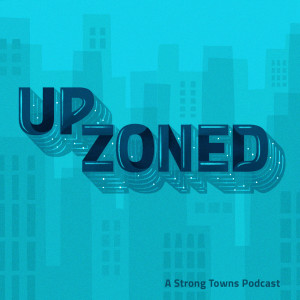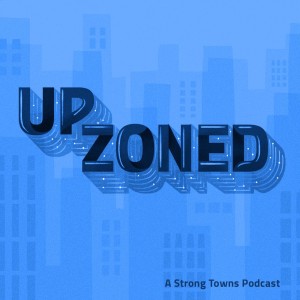
Hang around Strong Towns long enough, and you’ll start to notice something about the way we talk about Smart City technology:
We don’t… really do it much.
And for many of our readers, that can be a little confusing. Because everything Strong Towns advocates for could be accomplished so much more easily with a little automation, right? If we want to make our cities safer for pedestrians, wouldn’t autonomous vehicles and pedestrian-sensing crosswalks really help? Couldn’t we tackle our city’s infrastructure challenges more effectively if our internet-enabled roadway told us, like magic, when the asphalt needed re-paving? We say we want a city that’s planned from the bottom up, with the real needs of citizens at the center of every decision we make about our built environment—but don’t we know that there’s already an app for that? (Or, more accurately, dozens of apps for that?)
We’re not anti-technology here at Strong Towns. But we are students of history—and we’re definitely skeptical that our cities, which simply can’t fail, should bet the future of their built environment on the kind of fad tech that comes and goes faster than you can say “Tamagotchi.”
And we’re not alone. In a recent New York Times opinion piece, Toronto engineer Dr. Shoshanna Saxe makes the compelling case for “dumb” cities—and cautions against her profession’s growing obsession with flashy digital solutions. And this week on Upzoned, another engineer weighs in on the debate: our own Chuck Marohn.
When does embracing the latest trend in placemaking make your community stronger, and when does it make your city fragile? How can any new innovation take hold if we’re afraid to take a technological leap now and then? And is there a way to use Strong Towns’s incremental approach specifically to develop and implement new cutting-edge solutions in our places?
Then in the Downzone, Chuck and Kea talk about a movie they both saw and loved: the Beatles tribute/sci-fi-romantic-comedy, Yesterday.
More Episodes
 2019-12-13
2019-12-13
 2019-09-06
2019-09-06
 2019-07-26
2019-07-26
Create your
podcast in
minutes
- Full-featured podcast site
- Unlimited storage and bandwidth
- Comprehensive podcast stats
- Distribute to Apple Podcasts, Spotify, and more
- Make money with your podcast
It is Free
- Privacy Policy
- Cookie Policy
- Terms of Use
- Consent Preferences
- Copyright © 2015-2024 Podbean.com






